Natures Embrace - Log Hive Updates
- Simon Kellam

- Aug 4, 2025
- 3 min read
In 2017, at the start of my beekeeping journey, I was fortunate enough to participate in a log hive making workshop at the Dartington Hall estate in Devon, led by Jonathan Powell from the NBKT.
Having just completed a conventional beekeeping course, it was my love of working with wood that initially attracted me. I didn't realize at the time that this was about to take me down a totally different path than I had imagined.
I had never thought about how bees survive in the wild, and it became clear that conventional beekeeping methods don't always take into account the biological needs of bees. Excited, I went back to Cornwall with a few projects already in mind.
The Lost Gardens of Heligan
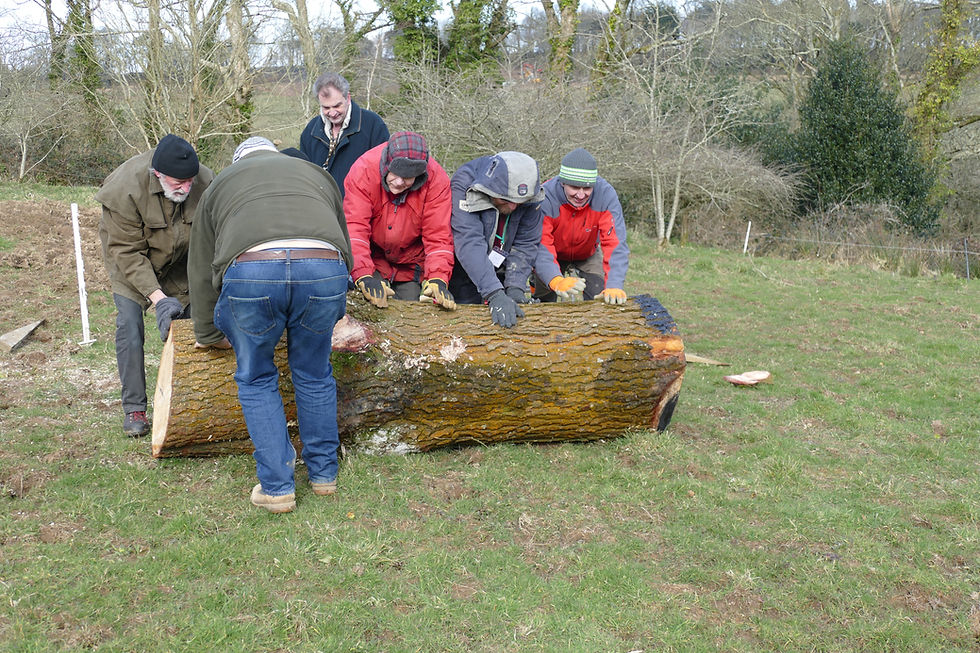
Firstly I was keen to share my new found knowledge with my fellow beekeepers at the Roseland Bee Group. Our apiary was located at The Lost Gardens of Heligan, and to cut a long story short, a number of us got together to build a log hive out of a felled tree from the Heligan estate.
The project was a memorable, and bonding experience. Despite the bitter easterly winds in mid-February, everyone's enthusiasm remained positive. We used a combination of traditional tools, including an adze, scorp, and a gouge to carve out the cavity, along with a modern day chainsaw.
Work in Progress- 2017
After a few sessions, we created something that looked like a log hive. It was thrilling to wait for the first swarm to arrive, and when it finally did, we discovered that the bees chose to enter through the side of the hatch instead of using the round entrance hole we had carefully crafted.
Observing - 2018 Nest Structure July 2025
Over the following seasons our group apiary visits ended up with a visit to the log hive, which for me was the part I enjoyed most. The bees were so calm and seeing them work their own carefully created nest structure was a joy.
Several years down the line the colony was sadly overtaken by wasps followed by the occupation of a hornets nest. The conventional apiary was then moved to a nearby orchard and the log hive became mostly unattended.
As part of the land management programme the area around the log has been left to nature and its even a mission to get close. to it On a recent visit it was amazing to see that bees hd now occupied the log again. Notably, the log has now been asborbed into the landscape, consumed by nature, as if it had been their for years. This made it all the more
As part of the land management program, the area surrounding the log has been allowed to return to nature, making it quite challenging to approach. During a recent visit, it was incredible to observe that bees had once again taken up residence in the log. Interestingly, the log has now become a part of the landscape, enveloped by nature, as if it had been there for years. This made it all the more special.
Hill Top
This log hive was constructed around the same period, but much closer to home. After all, it would be impolite not to have one in your own backyard, right? This project was more of a solo endeavor, so it required a different approach. I divided the log into three sections and installed it using various hoists and lifts, with the assistance of an old 35 Massey Ferguson tractor.
The Beginning The Cavity A Hug from the Wife
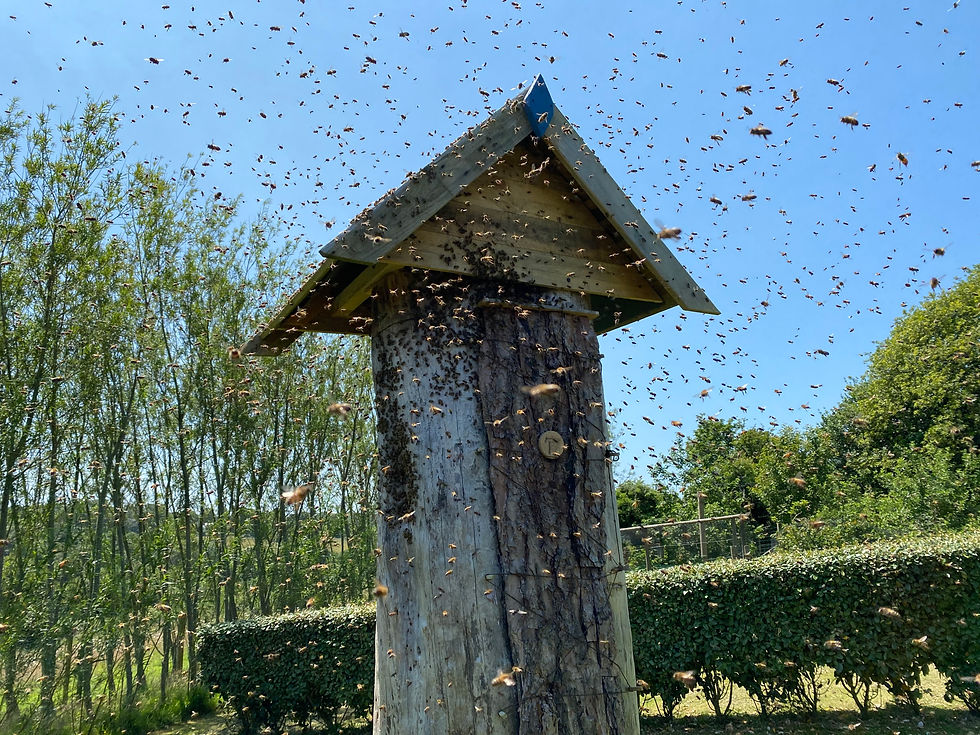
It took two years for this one to become populated. It felt like an eternity, and I was starting to lose hope. Then, one day in June, I was sitting on the deck having my lunch when a swarm of bees flew over and headed straight for the log hive. As of July 2025, the same colony has remained in residence.
We have since relocated from Hilltop, and the bees in this log hive, along with those in a nearby Eco tree Hive, now have new Guardians. During a recent visit, it was quite evident how the log hive had seamlessly integrated into the landscape. It's remarkable how nature embraces everything.






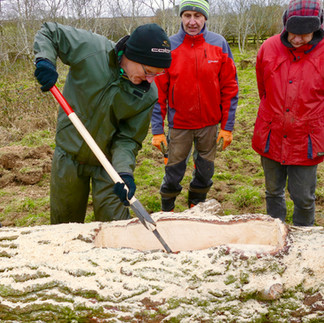

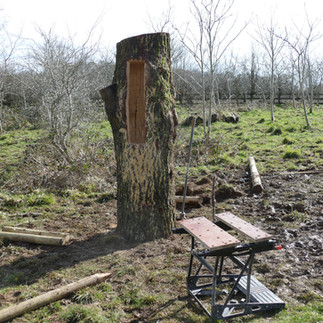



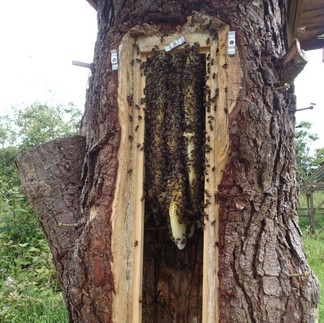











Comments